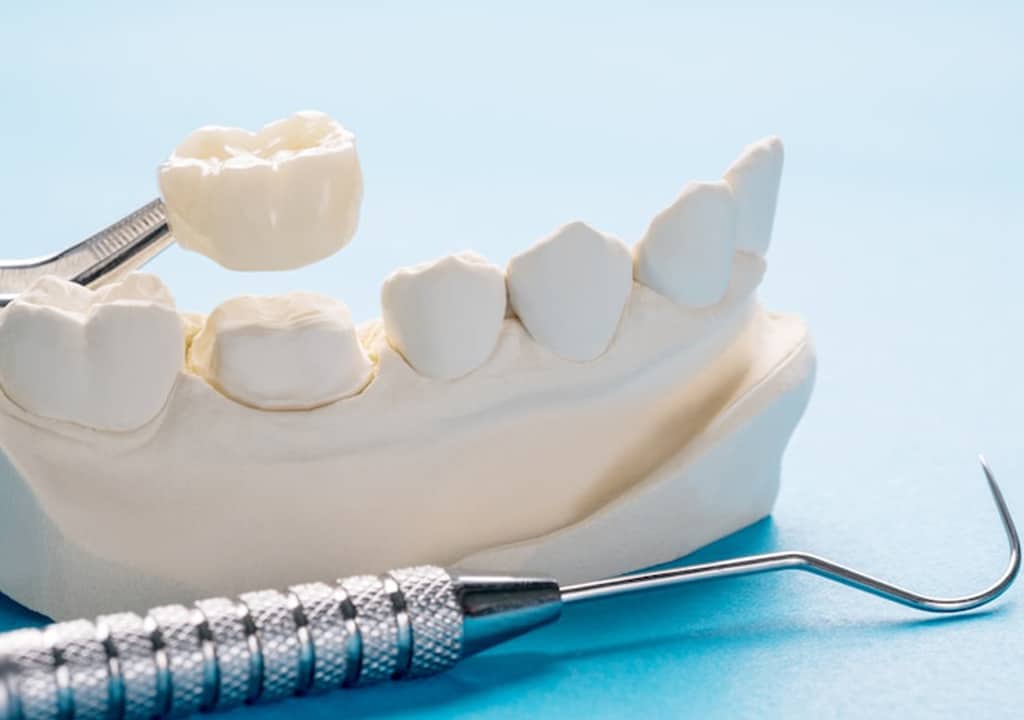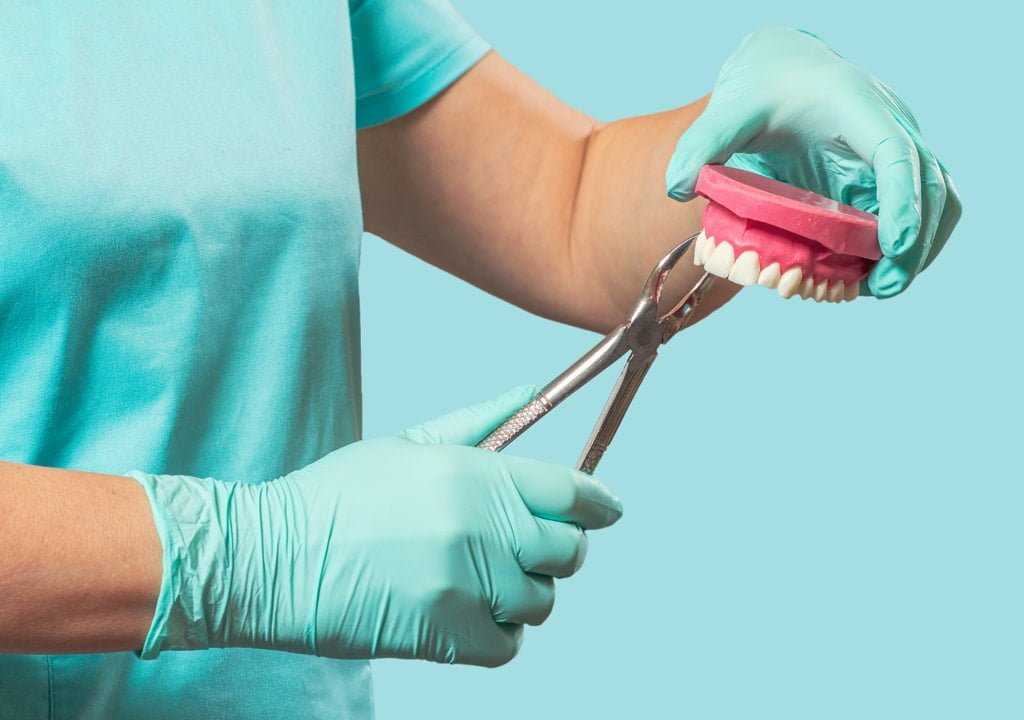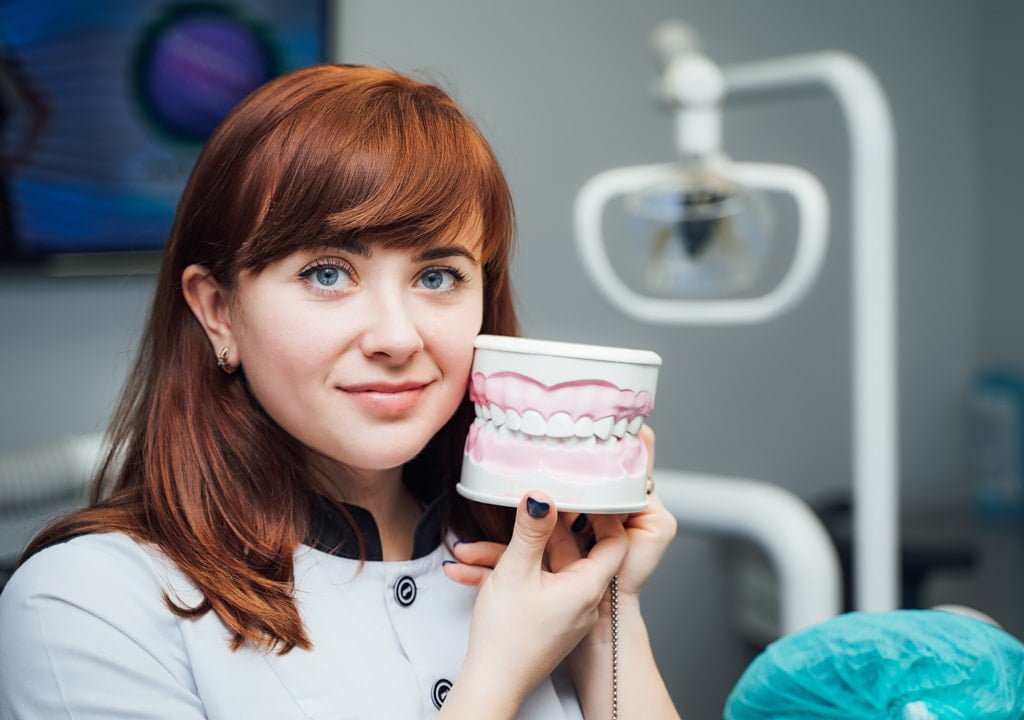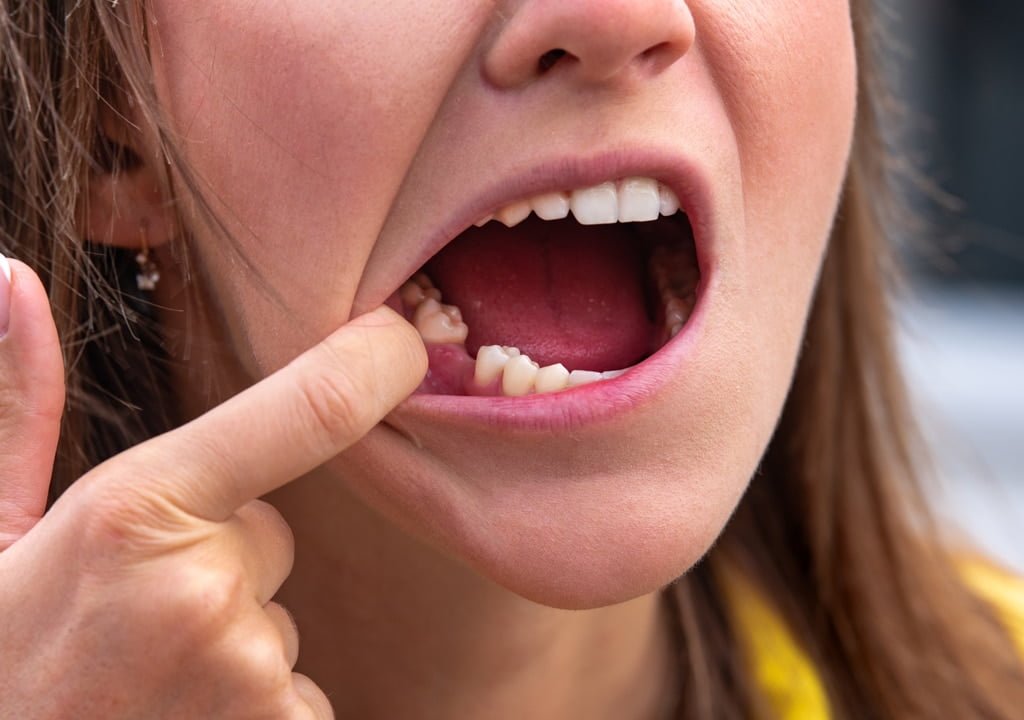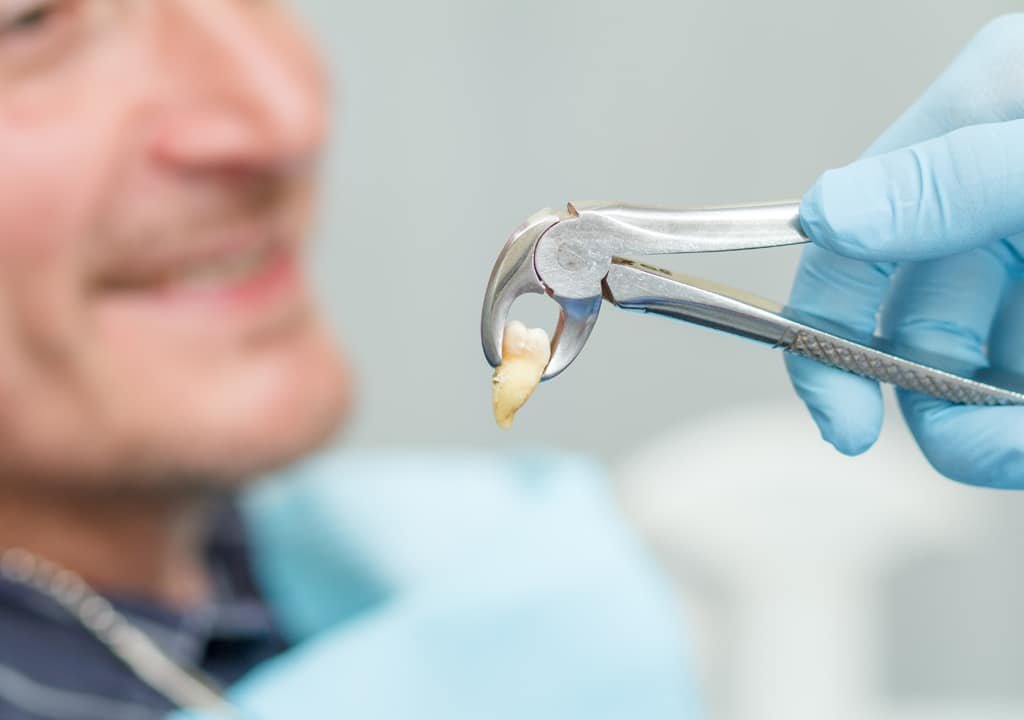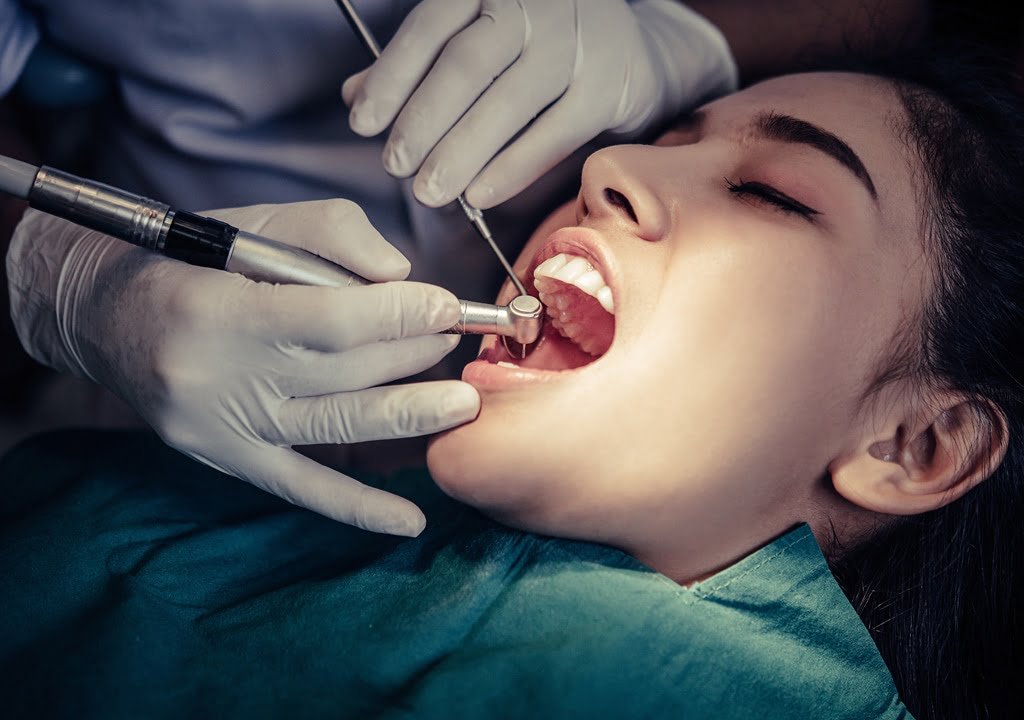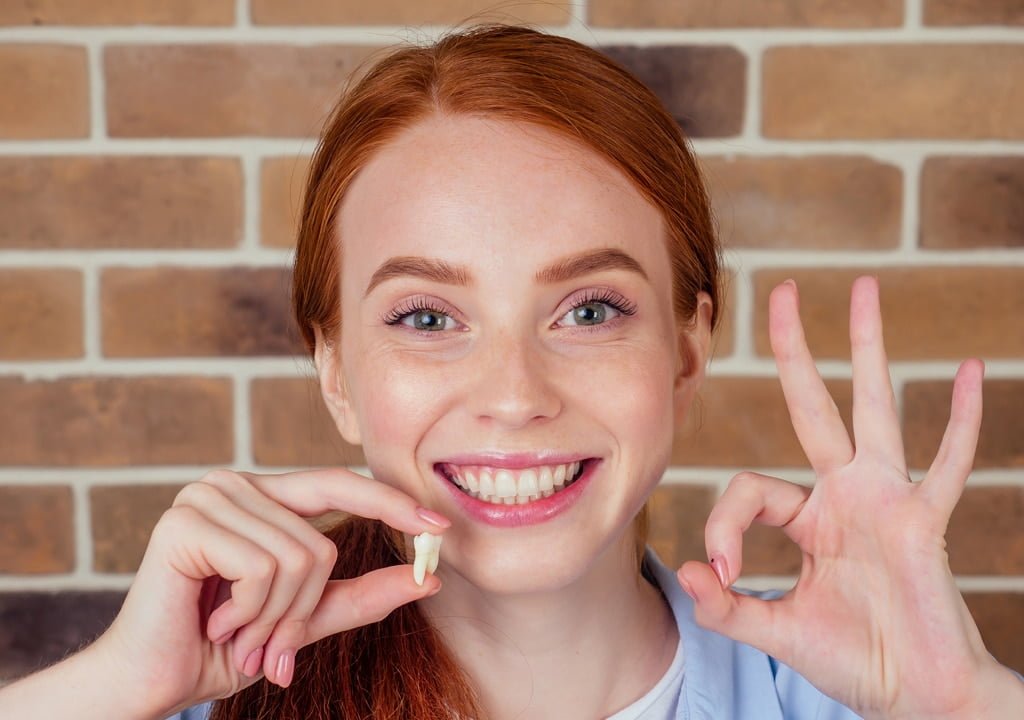Blog
Why Dental Crowns are Important?
Introduction:
We have compiled this article on “Why Dental Crowns are Important?” The reference links are at the bottom of the article.
[1]A dental crown is a very effective treatment used to restore a tooth that has been damaged in some way, and it has some distinct advantages when compared with the alternatives. However, there are also some disadvantages of crowns that should be considered to make the best treatment decision for each patient. This article will cover the main advantages and disadvantages of dental crowns.
Advantages Of Dental Crowns
Dental crowns provide an adequate solution to a range of dental problems. They are able to:
- Support a tooth that has been significantly damaged by decay
- Protect a tooth that has worn away from being damaged further
- Protect a tooth after a root canal procedure
- Hold a severely cracked or broken tooth together
- Cover a dental implant
- Improve the appearance of a tooth by changing its shape or color
Dental crowns are a good long-term option because they are durable and usually last for at least 5-15 years, which increases patient satisfaction with the treatment.
Treatment with dental crowns has a high success rate with respect to either other dental restoration methods or no treatment at all. This has been supported by various scientific studies which researched their use.
[2]Dental crowns are best utilized as a way to improve the cosmetics of a tooth appearance when the crown simultaneously serves other purposes also, such as restoring a tooth to its original shape or strengthening a tooth. The study presents four different designs of molar crown depending upon the tooth loss. The finite element results obtained suggests that restored material which fills the treated cavity along with small portion of root canal can help in retaining the restored tooth and can allow larger deformations for stresses induced well within the limit.
[3]Dental Crowns: Purpose, Procedure And Important Facts
The use of dental crowns by millions of people from all over the world during the last century has been a mainstay in dentistry. Prior to the development of crown technology the primary treatment for decaying, weak, fractured, or discolored tooth-teeth was extraction.
What Exactly Is A Crown?
Dental crowns, also known as caps were innovated and designed to help maintain the functionality of your damaged or diseased tooth-teeth. By using a custom design and specific materials, a manufactured crown can restore the strength, shape, size and natural appearance of your original tooth-teeth. The rationale for installing a crown is to fully encapsulate and protect the last bit of your own compromised tooth and tooth roots.
The procedure for preparing your tooth for a crown should be carefully performed by a competent dentist to insure a secure fitting crown. This can be accomplished by reducing its size by 0.8 – 1.5 mm (drilling it sideways), to create a balanced and stable tooth stump. If the process is successful there should be enough room for the crown to be placed securely on top of your tooth stump.
There are several decisions that your dentist will need to make during the process which will vary depending on the situation of the specific tooth-teeth being capped:
During The Preparation Phase It Must Be Determined If Your Crown Will Be Placed Above Or Below The Gum Line?
The design of your crown and placement under or above the gum line depends on esthetics, stability of the fit and hygienic benefits of it final positioning. Great care must be exercised to insure your permanent crown prevents future complications or damages to the health of your remaining tooth, its root and surrounding gum tissue.
How Much Tooth Reduction Should Be Considered And Allowed To Achieve An Optimal Crown Situation?
There are established clinical guidelines that dictate the maximum reduction limits which are based on conditional necessity to provide the longest lasting results.
Reducing less of your natural tooth surface while insuring a secure and perfect fit, is the purpose and intention with dental crown placements.
Deciding upon the appropriate material for your dental crowns is also a serious matter, as each option presents its own peculiar set of pluses and minuses. Some of the names of the various materials now used in crown design and manufacturing at WIC, include E.max, Empress, Lava, Bruxer, Titanium, Gold, Gold alloys, Zirconium and Prettau.
The Right Crown Material Will Essentially Depend Upon The Following 3 Key Factors:
- How much strength is needed? More strength sometimes compromises the quality of esthetics (translucency)!
- How do we want the crown to appear after the treatment?
- What type of retention and bonding strength will your crown provide?
Most of these considerations will be decided by your dentist! Keep in mind there are many options and the pricing structure varies considerably depending on the procedure selection and the materials used.
Some Of The Common Reasons Crown Are Recommended Are As Follows:
- To salvage and restore a badly worn down or broken-cracked tooth
- To protect a weak tooth from decay
- To save a decaying tooth which is not structurally sound to survive a filling procedure
- To support a tooth with a large filling that has minimal remaining surface area
- To act as an anchor for a multiple tooth dental bridge
- To conceal and cover a severely discolored or misshaped tooth or teeth
- To prevent a tooth from breaking after a root canal treatment
- To cap your dental implants
- To improve your signature smile for cosmetic purposes
- To protect primary teeth, if there is a high risk for decay as evidenced by your child’s poor hygienic and home care habits
The primary objective of your dentist should be the same as your purpose, which is saving your tooth from early demise and extraction.
Conclusion:
Thank you for reading this article, and check back frequently for other dental health articles. Should you have any questions, please contact Apple Tree Dental today!
Article compiled by Apple Tree Dental
Article reference links
-
https://www.news-medical.net/health/Advantages-and-Disadvantages-of-Dental-Crowns.aspx ↑
-
https://www.researchgate.net/publication/272670992_Study_of_various_molar_crown_designs_and_their_assessment ↑
-
https://westcoastinternational.com/dental-crowns-dental-bridges/ ↑

